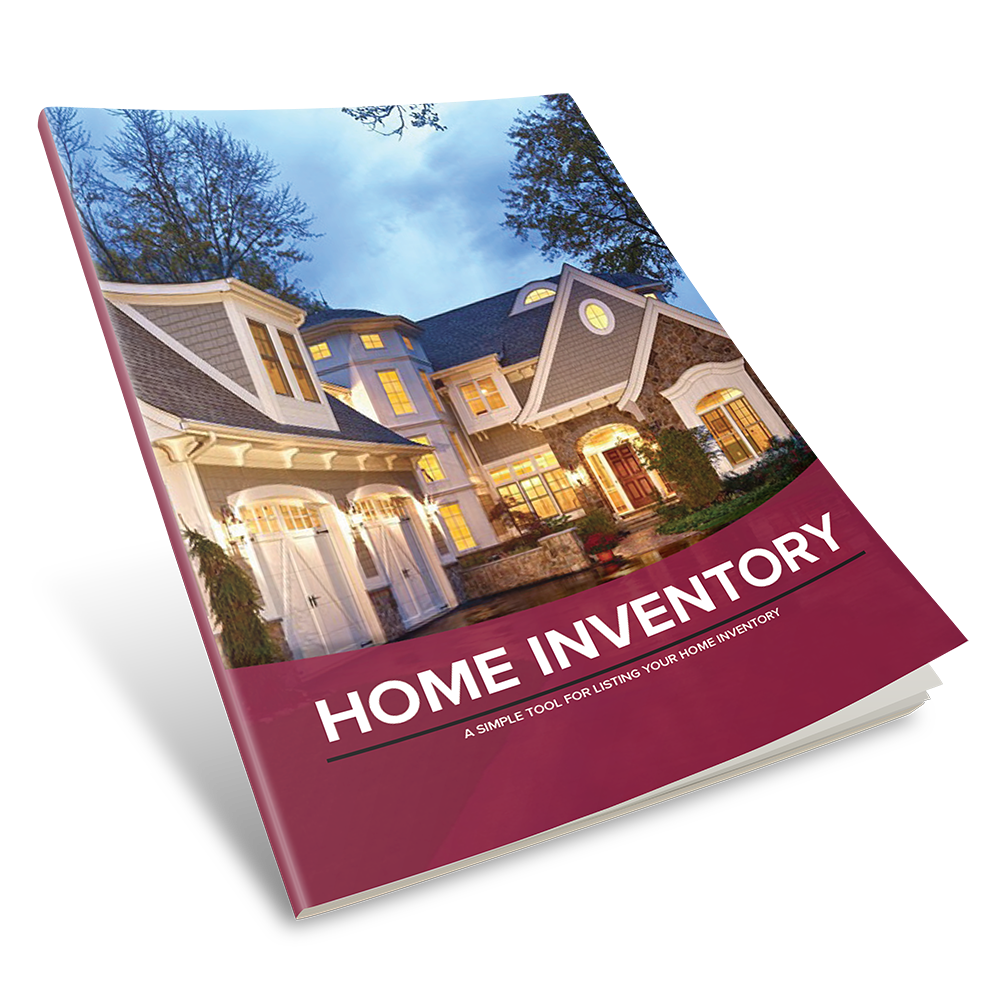Depends If You Can Afford It
Affordability, stability and flexibility are the three reasons homebuyers overwhelmingly choose a 30-year term. The payments are lower, easier to qualify for the mortgage and they can always make additional principal contributions.
However, for those who can afford a higher payment and commit to the 15-year term, there are three additional reasons: lower mortgage interest rate, build equity faster and retire the debt sooner.
The 30-year, fixed-rate mortgage is the loan of choice for first-time buyers who are more likely to use a minimum down payment and are concerned with affordable payments. For a more experienced buyer who doesn't mind and can qualify making larger payments, there are some advantages.
Consider a $200,000 mortgage at 30 year and 15-year terms with recent mortgage rates at 4.2% and 3.31% respectively. The payment is $433.15 less on the 30-year term but the interest being charged is higher. The total interest paid by the borrower if each of the loans was retired would be almost three times more for the 30-year term.
Let's look at a $300,000 mortgage with 4.41% being quoted on the 30-year and 3.84% on the 15-year. The property taxes and insurance would be the same on either loan. The interest rate is a little over a half a percent lower on the 15-year loan, but it also has a $691.03 higher principal and interest payment due to the shorter term.
The principal contribution on the first payment of the 30-year loan is $401.56 and it is $1,235.09 on the 15-year loan. The mortgage is being reduced by $833.53 more which exceeds the increased payment on the 15-year by $142.50. Interestingly, over three times more is being paid toward the principal.
Some people might suggest getting a 30-year loan and then, making the payments as if they were on a 15-year loan. That would certainly accelerate amortization and save interest. The real challenge is the discipline to make the payments on a consistent basis if you don't have to. Many experts cite that one of the benefits of homeownership is a forced savings that occurs due to the amortization that is not necessarily done by renters.
Use this 30-year vs. 15-year financial app to compare mortgages in your price range. A 15-year mortgage will be approximately half a percent cheaper in rate. You can also check current rates at FreddieMac.com.




 The Tax Cuts and Jobs Act of 2017 increased the standard deduction to $24,000 for married couples. There will be some instances that homeowners may be better off taking the standard deduction than itemizing their deductions. In the past, homeowners would most likely be better off itemizing but the $10,000 limit of state and local taxes (SALT) adds one more issue to consider.
The Tax Cuts and Jobs Act of 2017 increased the standard deduction to $24,000 for married couples. There will be some instances that homeowners may be better off taking the standard deduction than itemizing their deductions. In the past, homeowners would most likely be better off itemizing but the $10,000 limit of state and local taxes (SALT) adds one more issue to consider. Mortgage insurance premium can add almost $200 to the payment on a $265,000 FHA mortgage. The decision to get an FHA loan may have been the lower down payment requirement or the lower credit score levels, but now that you have the loan, is it possible to eliminate it?
Mortgage insurance premium can add almost $200 to the payment on a $265,000 FHA mortgage. The decision to get an FHA loan may have been the lower down payment requirement or the lower credit score levels, but now that you have the loan, is it possible to eliminate it? Being a better homeowner is a full-time job. It's not just about making better decisions when you buy and sell; it's making better decisions throughout the time you own the home.
Being a better homeowner is a full-time job. It's not just about making better decisions when you buy and sell; it's making better decisions throughout the time you own the home. Smart home technology promises to make your home more comfortable, convenient and secure. It may not be the home from the Jetson's but artificial intelligence is the hope to make it the home of the future which is available now and controlled from anywhere you have an Internet connection.
Smart home technology promises to make your home more comfortable, convenient and secure. It may not be the home from the Jetson's but artificial intelligence is the hope to make it the home of the future which is available now and controlled from anywhere you have an Internet connection. Price, condition and terms are factors that any owner must consider when marketing their home. Price is usually the easiest to adjust to compensate for shortcomings in location or condition of the home. Improving the condition of the property is more time consuming but updates to kitchens, baths and other things can appeal to a buyer.
Price, condition and terms are factors that any owner must consider when marketing their home. Price is usually the easiest to adjust to compensate for shortcomings in location or condition of the home. Improving the condition of the property is more time consuming but updates to kitchens, baths and other things can appeal to a buyer.



